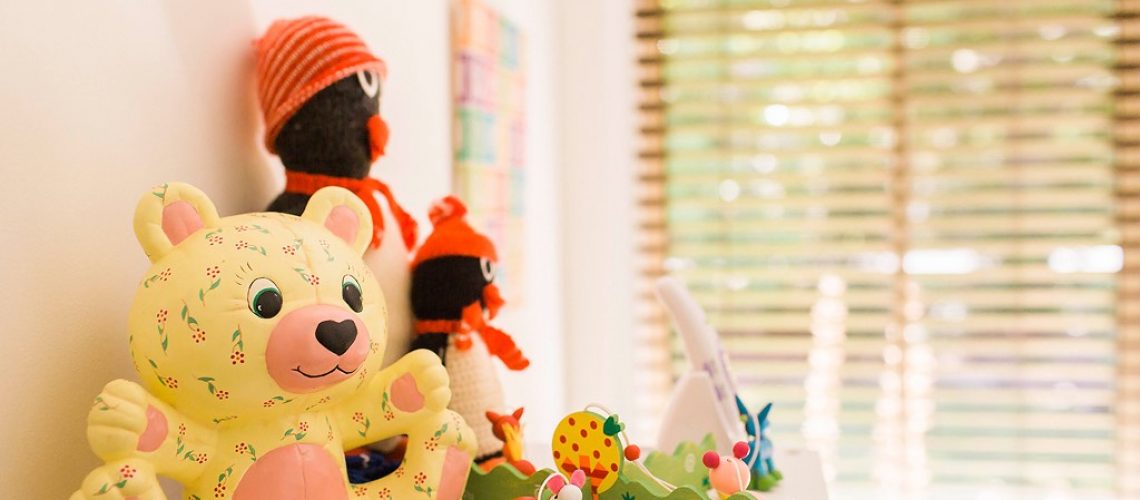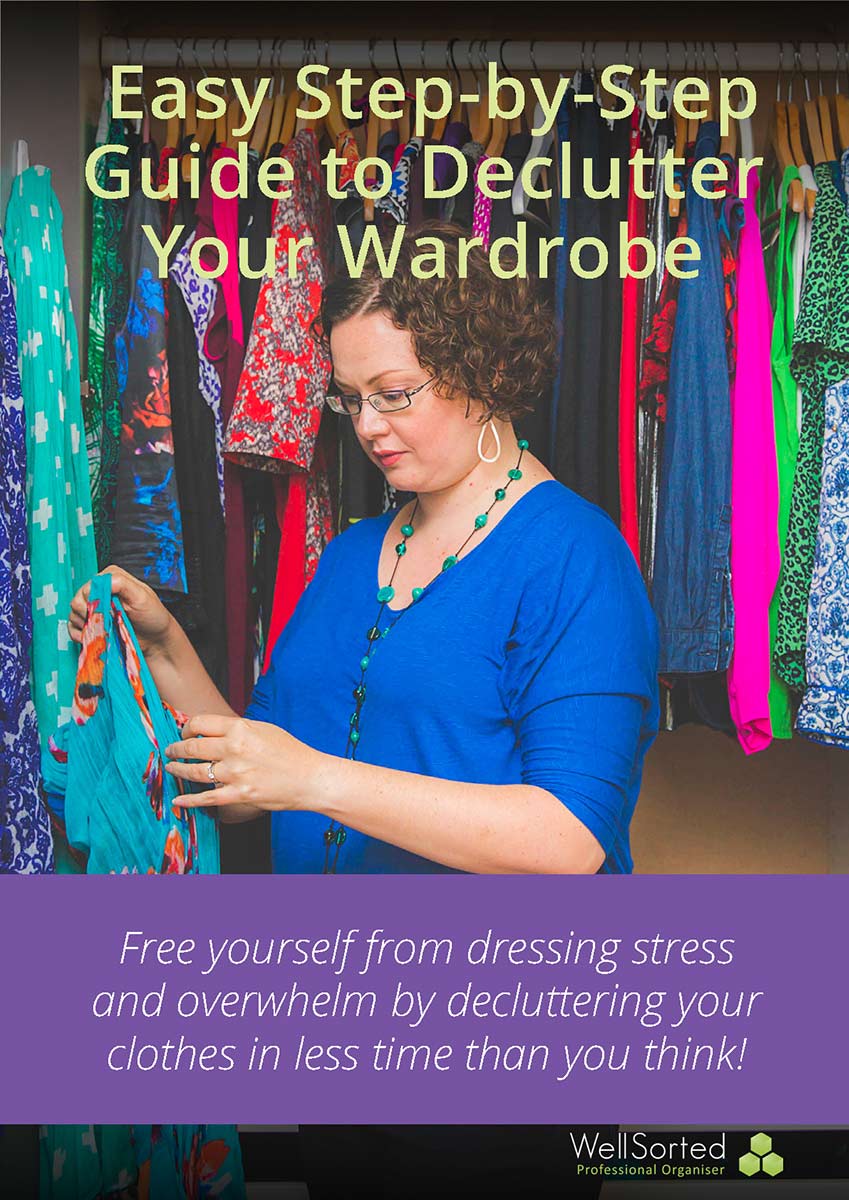As a parent with young kids at home, organising your kids’ toys can become a massive issue. So. Many. Toys. To. Contend. With! Where do you put them? How do you store them? This blog will give you a few ideas.
Four Steps to Organise Your Kids Toys
1. Sort them into ‘like items’ and cull
This will differ for different age groups but some examples are:
- gross motor (bulky items, blocks, teddies, dolls),
- fine motor (smaller cars, blocks, smaller toys),
- imaginary play.
Or you might prefer splitting them into these categories:
- Soft Toys,
- puzzles and board games,
- blocks and building,
- battery operated,
- hard toys (trains, cars etc),
- dress ups.
The groups of toys will give you a clearer idea of how much you have of a particular type of toy. Making it much easier to cull.
If you’re keeping toys because you love them, then they belong in your memory box rather than in your kid’s toy box. Only keep stuff they’re playing with.
Toss out anything broken or with missing pieces, if they’re unfixable or you won’t fix them.
If you’re worried they’ll ask for a toy you’ve thrown out or given away, put it in a labelled box for a month. If it’s not asked for in that time, pass it onto charity.
2. Display the favourites
In the area in which your child plays, put out the toys your child always plays with. Have these easily accessible and clearly labelled. Keep in mind a child’s ‘prime location’ to keep things is at eye to waist level (on them). In a playroom, it might be eye to waist height whilst they are sitting or kneeling. Labels might also need to be pictures if they aren’t reading yet.
3. Toy rotation needed?
Look at what’s left. If there are lots left to put away (like boxes worth), you probably need a toy rotation. A toy rotation separates toys into tubs to rotate through every few weeks or months. It reduces toy clutter, the overwhelm of choice (AKA chaotic play). It also increases the variety when boredom strikes and they’re sick of the same old toys. Time for a rotation of toys!
Even if you have ample space to display all your toys, a toy rotation can be something to consider. Particularly if your child is always pulling all the toys out (and not putting them back), they are overwhelmed easily, or they tire of the same stuff quickly.
4. Set up the toy rotation.
Not sure how to set up a toy rotation? I’ve done a whole blog post on that!
If you’re still struggling with organising your kids toys (or your own), get in touch. I can help you out. The WellSorted Facebook Group also has lots of discussion on this topic. It is a common issue!







